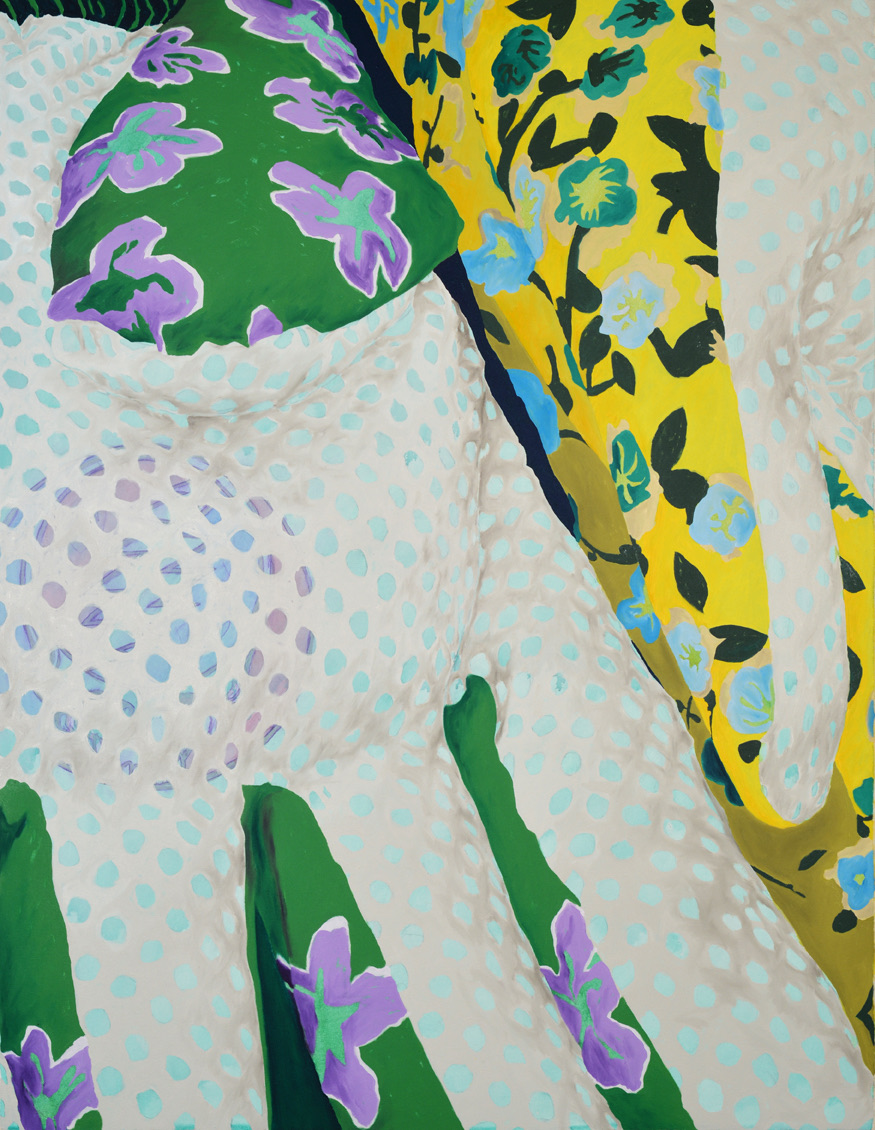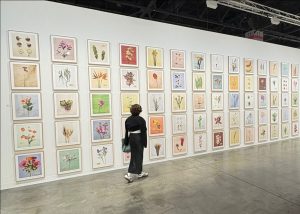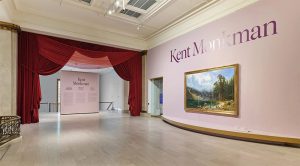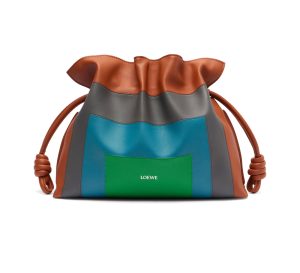Using Textile Pattern as Artistic Device

Working between painting, ceramics, and furniture design, The Nabis were a group of artists in turn-of-the-century Paris who are usually classified somewhere between Symbolism and Art Nouveau. They were concerned with making a room into a Gesamtkunstwerk– a total work of art. The group is known for their abundantly patterned wall murals which tended to convert the excessive textiles of the Victorian interior into flat surfaces.
A prime example is Edouard Vuillard’s Dressmaking Studio series. His all-over patterning stands in for the draperies and upholsteries that conventionally adorned the bourgeois living room. Vuillard lived with his mother and sister in their dress-making atelier; women and fabrics are prominent subjects in his work. Yet, his abstracted style tends to merge all patterned surfaces, obscuring the distinction between the figures, their clothing, and the interior decoration. As social instability in the 1890s caused a retreat of male artists into the traditionally female domain of the home, they made room for themselves by symbolically compressing both the padded interior and the women that occupied it into the walls of the dwelling.
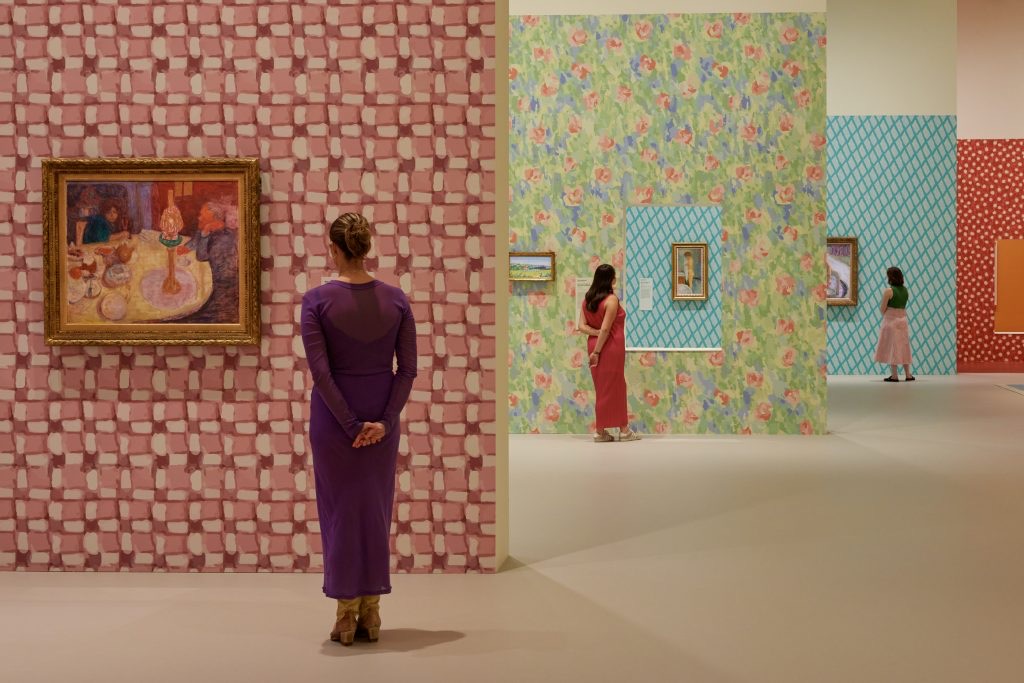
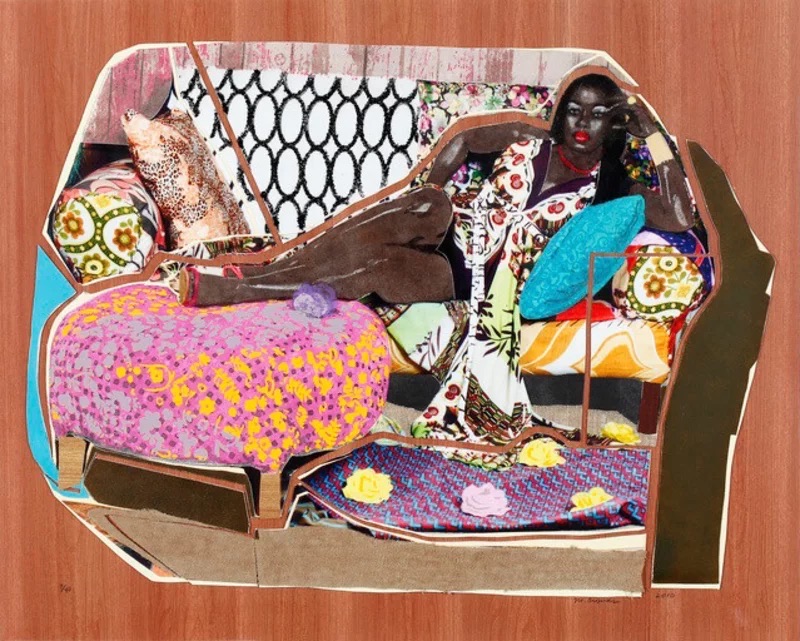
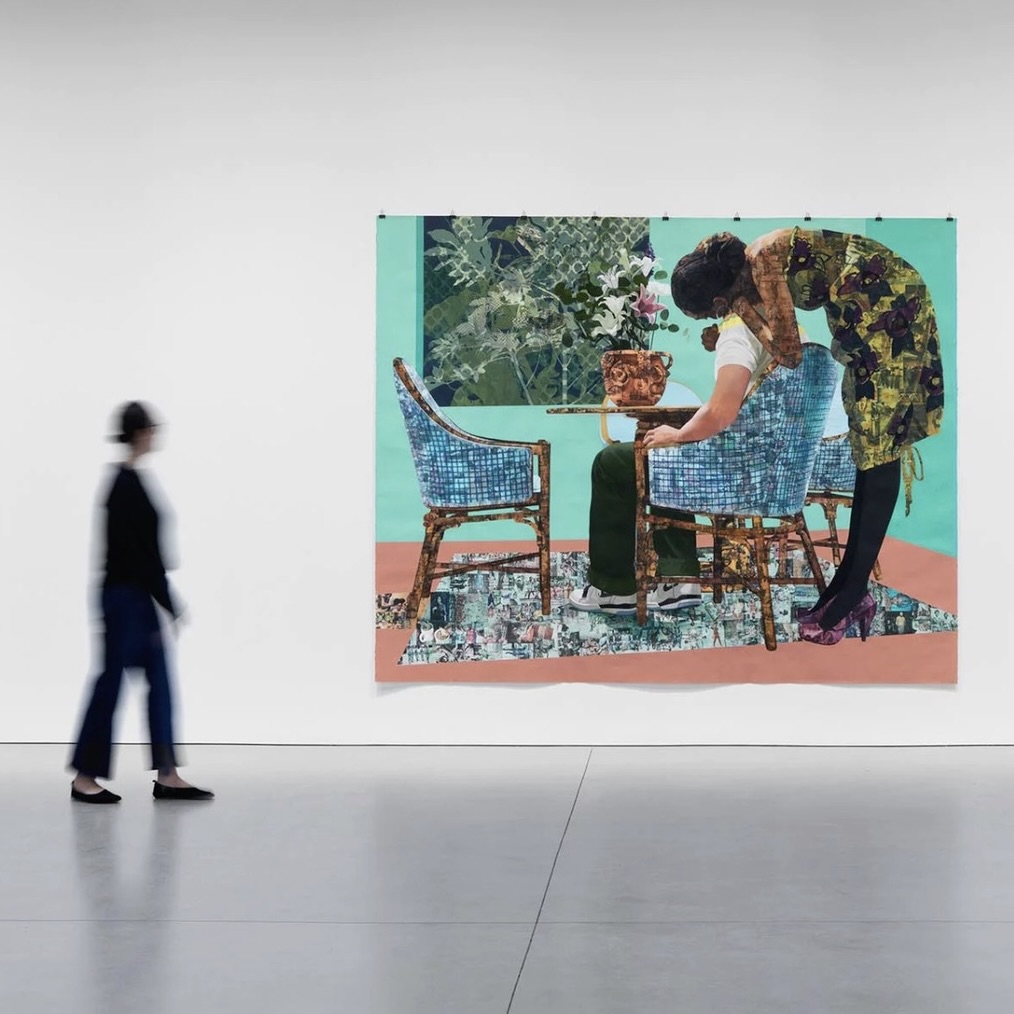
Today, we’re witnessing a resurgence of interest in immersive patterning. Many artists, especially women, are reclaiming the device to their own ends. In a 2023 exhibition of the work of Nabis artist Pierre Bonnard, the National Gallery of Victoria tapped acclaimed designer India Mahdavi (the mind behind one of the most instagrammed restaurant in the world- The gallery at Sketch London) to create an immersive environment that would both enhance and modernize Bonnard’s paintings. Mahdavi papered the walls in a patchwork of patterns inspired by Bonnard’s motifs, emphasizing the interchange between the work and the feminine sphere.
In a similar move, Mickalene Thomas utilizes collage to build elaborately decorated interiors where pattern becomes key to expressing the beauty and self-possession of her subjects. Thomas often appropriates the conventions of early modernists, seeking to reform Black female representation. Michelle Forsynth and Chun Hua Catherine Dong likewise grapple with the idea of making composite bodies visible. In their work, they intentionally obscure the presence of their subjects by shrouding them in the same motif as the background.
Contemporary artists are using decorative motifs to furnish their explorations of self, representation, and cultural identity. Unlike the Nabis, who used the device to flatten women’s bodies into wallpaper, they use it to comment on the complexity of making themselves visible.
Reach out if you’re interested in learning more about the available work included in this letter!


